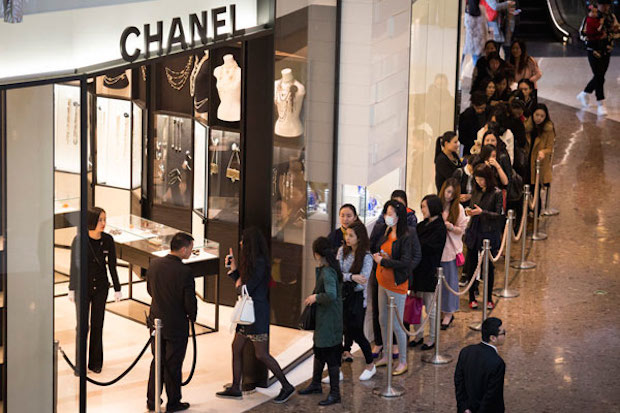
How many times in the last month you have been to a retail store, put some products in your trolley, went to the checkout and decided not to buy anything at all and left the trolley at the checkout for the company to sort it out. Chances are the answer is zero times and most cases, you have actually never done it. However, let me flip this question. How many times in the last month you have been on a website wherein you have added a product in the basket, went to the checkout and then thought, ahh, leave it, some other day! The answer may differ substantially. Most chances are that you may have done it once of twice already in the last week. While to you this may sound a sporadic activity, it is a major issue for most e-commerce websites. Various research show that three out of four customers abandon their shopping carts in e-commerce, it is believed that $4.6 trillion worth of merchandise is abandoned. Even a small percentage of these potential customers could be persuaded with their purchase, it could increase the overall commerce on websites by several billions.
This grand challenge led Dr. Zahra Fazeli (Brighton), Dr. Keith Perks (Brighton) and myself to examine the issue in detail. Rather than looking to AI algorithms and ad words, we decided to examine this challenge from a human psychology perspective. We believe that customer shopping cart abandonment is a challenge underpinned by human motivation and self-regulation. Thus, we decided to examine if self-regulation motivations can help combat this trillion-dollar shopping cart abandonment challenge.
The self-regulation motivation
We carried out several experiments to examine this challenge focusing on self-regulation motivations. Prof. E. Tory Higgins, a professor of psychology at Columbia University, proposed that people seek to align their behaviour depending on their goals and that self-regulation process has two key orientations, promotion-focus and prevention-focus. People with a promotion focus place a greater emphasis on ambitions, advancement, and gains and adopt eagerness-related means in pursuing their goals to achieve a match with a desired end-state. Thus, they are more sensitive to presence or absence of a positive outcome. On the other hand, people with a prevention focus follow their goals through an avoidance strategy and are sensitive to absence or presence of a negative outcome. Prevention-focused people place emphasis on duties, commitment and non-losses and adopt a vigilance-related means in pursuing their goals to prevent a mismatch with a desired end-state. So, in simple terms, promotion-focused people are looking for gains, while the prevention-focused people are predominately interested in not making a loss.
The shopping cart abandonment solution through self-regulation
Based on this theory, we examined, if there is a significant difference between customers who are chronically promotion focused or prevention focused when they are shopping online. We found a substantial difference between these self-regulation motivations. Promotion focused people, who are interested in positive outcomes, bought significantly greater quantity of goods online their loss avoiding counterparts. What surprised us the most was the difference in their spending. Promotion focused people spent almost double (£735) in comparison to prevention focused people (£354).
So, how can companies trigger this promotion focus among their potential customers. Well, it is not rocket science, really. If companies can develop their communication on the website that is focused on hopes, aspirations, desires, advancements, gains, ambitions etc. it will induce a mindset of promotion focus among their potential customers. However, that is only half the story.
An interesting twist
When we drove deeper into the behaviour, we observed another interesting quirk of human mind. While instigating promotion focus led people to fill their shopping cart, we observed that switching the message now to trigger a prevention focus led people to make the final purchase. We thus observed the primacy of prevention framed message at the final stage of purchase even among people with a very strong promotion focus. How could companies achieve this? Again, we find the answer that when consumers fill in their shopping cart showing them prevention framed messages that are focused on avoiding losses such as ‘you will lose out’, ‘you are not going to get this bargain’, ‘you will miss out on this great deal’ etc. will trigger a greater inclination to continue with their purchase.
So, in sum, e-commerce websites can find a potential solution to the trillion-dollar shopping cart abandonment challenge by triggering appropriate self-regulation motivations at relevant times. When potential customers visit the website, the focus should be on gains to instigate promotion focus. However, when these customers fill in their shopping basket and are about to abandon that, loss framed messages will lead them to continue with their purchase.







